Wild cats and domestic cats, though similar in appearance, have evolved distinct dietary needs and habits. Understanding these differences offers insights into the adaptation, behavior, and nutritional needs of our feline companions and their wild relatives. This article explores how these diets vary and what implications these differences have for their health and ecology.
The Evolutionary Background of Wild and Domestic Cats
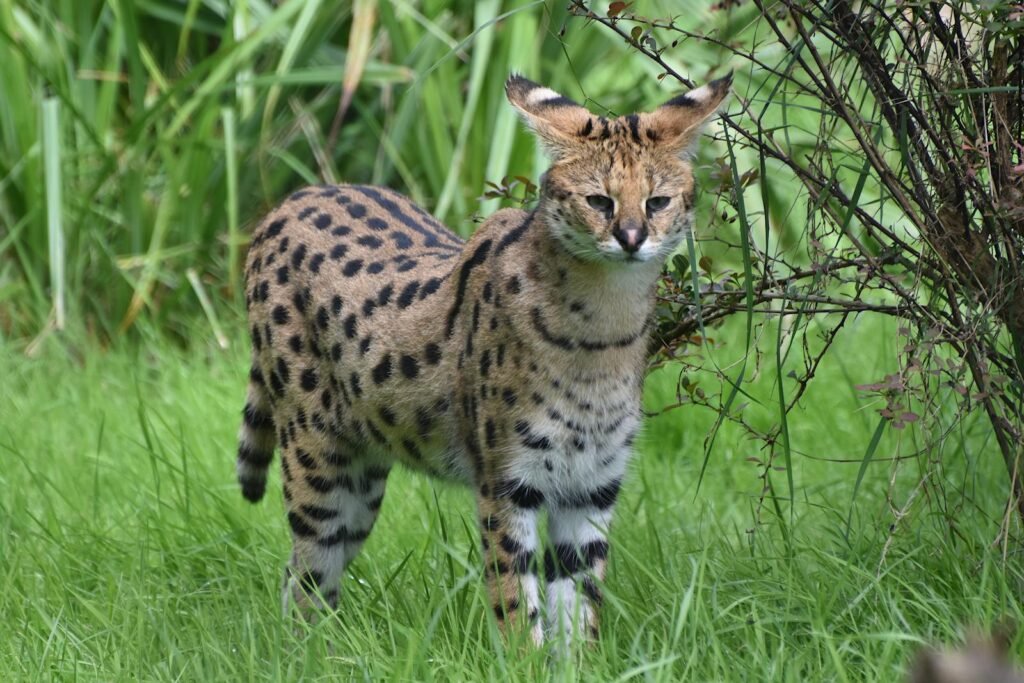
The divergence between wild cats and domestic cats began thousands of years ago. Wild cats, such as lions, tigers, and leopards, have evolved to hunt and thrive in diverse environments. In contrast, domestic cats are descendants of the African wildcat and have adapted to living alongside humans. This evolutionary path significantly influences their dietary preferences and needs.
Nutritional Needs of Wild Cats
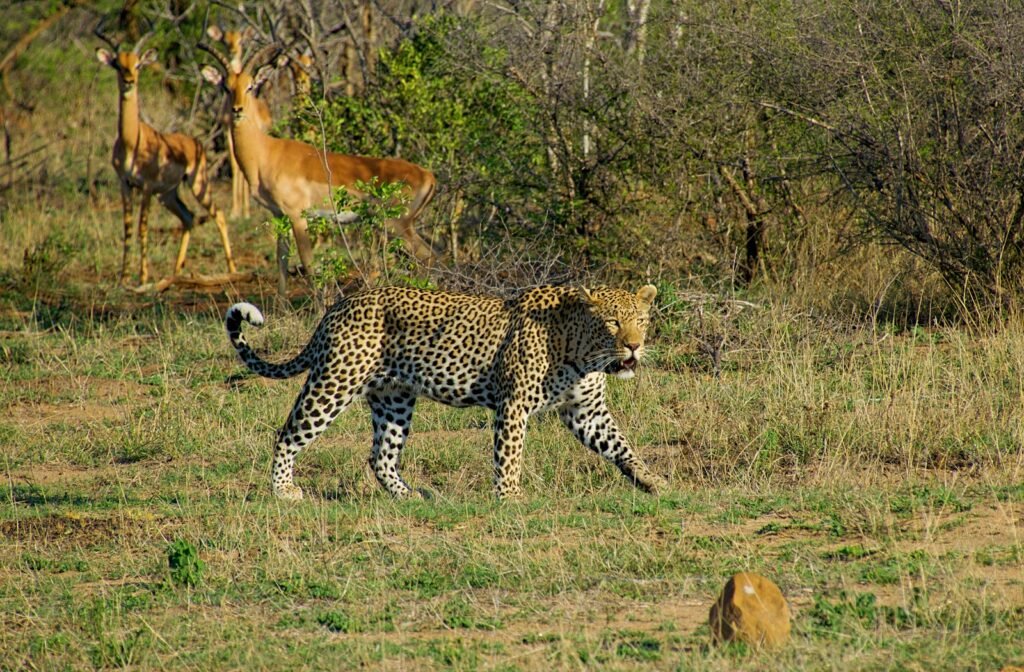
Wild cats are obligate carnivores, relying primarily on animal flesh to meet their dietary requirements. They require a high intake of protein and specific amino acids, such as taurine, which are readily available in a meat-centric diet. Unlike omnivores, wild cats’ digestive systems are optimized for processing meat efficiently, offering them the energy needed for hunting and territorial behaviors.
Prey Selection Among Wild Cats
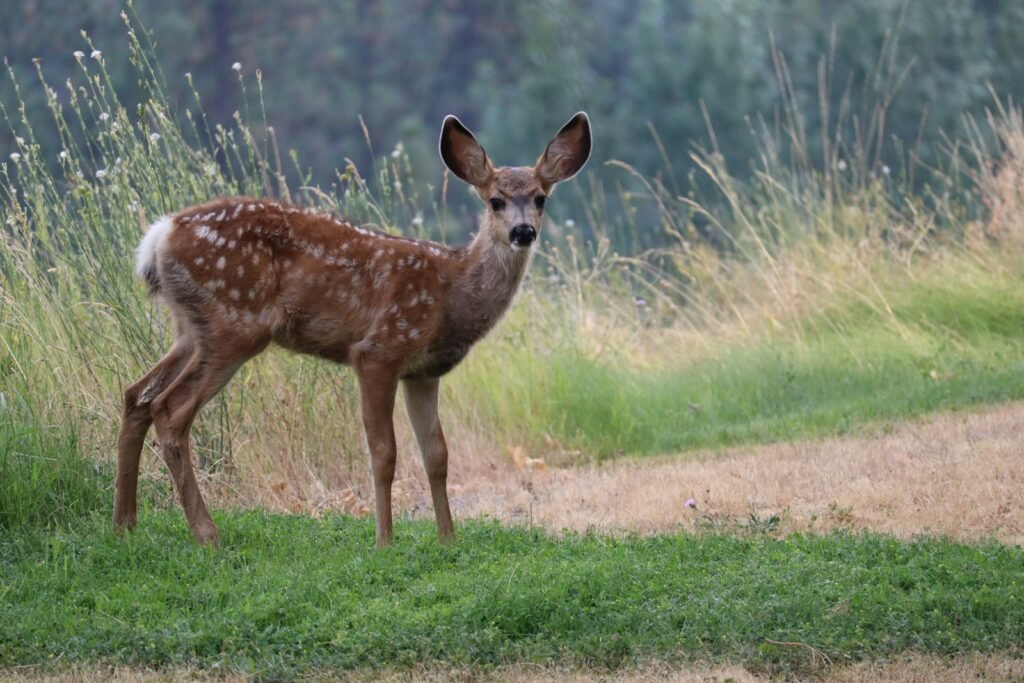
Wild cats’ diet primarily consists of animals they can catch in their natural habitats. This includes small mammals, birds, reptiles, and in some cases, larger animals. Prey selection often depends on the cat’s size, habitat, and availability of prey species. For example, lions prefer large ungulate prey, while smaller wildcats like the serval focus on rodents and birds.
Adaptations for Hunting and Eating
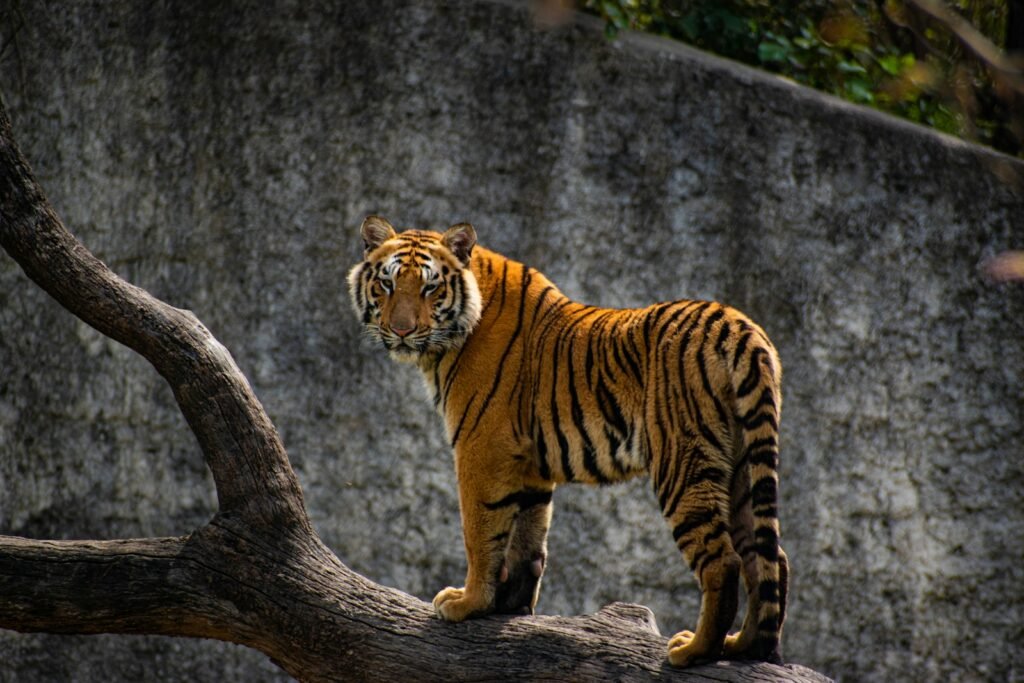
Wild cats possess adaptations that aid in hunting and consuming their prey. These adaptations include keen eyesight, sharp retractable claws, and powerful jaws capable of delivering a killing bite. Their digestive systems are designed to assimilate nutrients from raw flesh efficiently, emphasizing the necessity of a diet primarily consisting of fresh kills.
Domestic Cats: Diet in a Human Environment
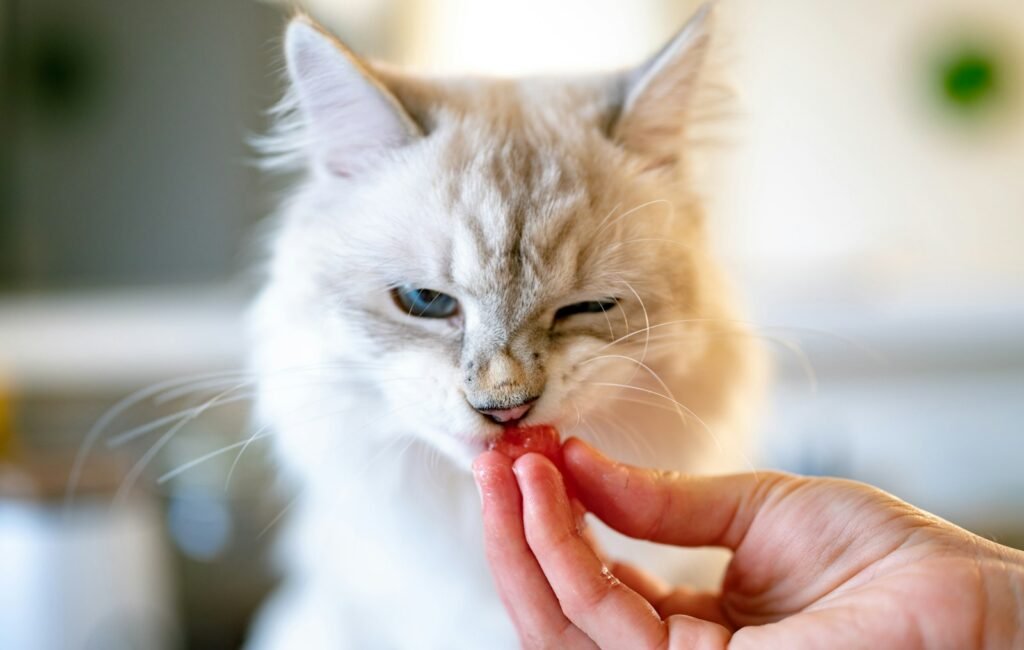
Domestic cats have adapted to diets provided by humans, which often include commercial cat foods that may contain plant-based ingredients. Despite this, they retain their carnivorous nature and thrive on meat due to their biological needs. While they can digest some carbohydrates, their systems are not designed to derive significant energy from non-meat sources.
The Role of Commercial Cat Food

Commercial cat foods are formulated to meet the nutritional needs of domestic cats and often include a balance of proteins, fats, vitamins, and minerals. However, the quality and nutritional value of these foods can vary, with some containing high levels of carbohydrates and fillers that may not be ideal for a true carnivore’s diet.
Natural vs. Processed Diets for Domestic Cats
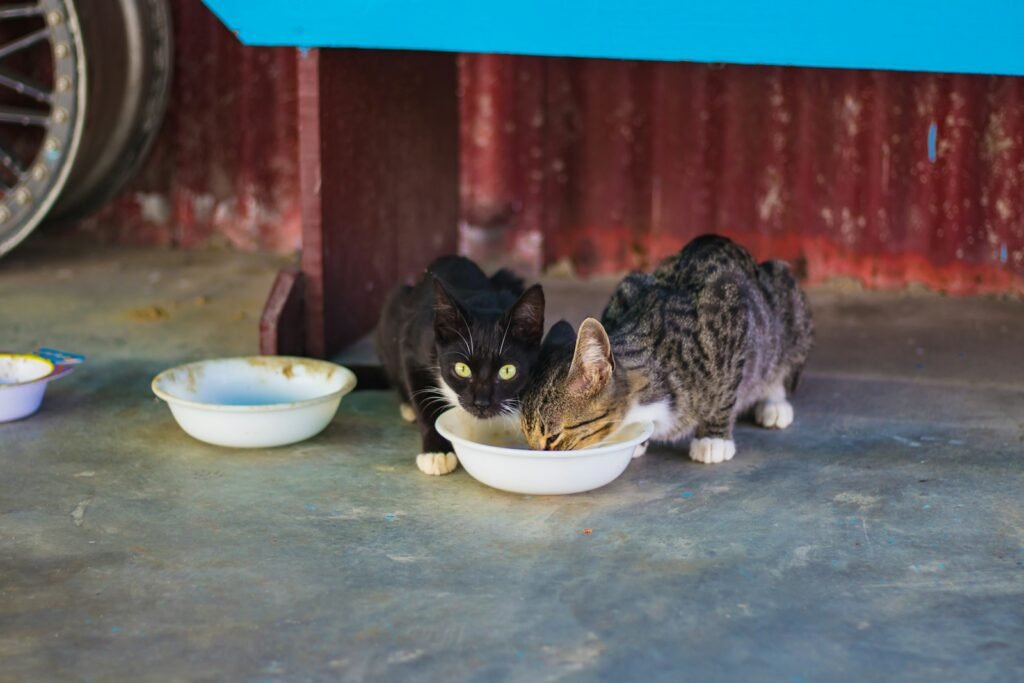
While some cat owners opt for commercial diets, others prefer natural or raw diets that more closely mimic the type of diet a wild cat might have. These can include raw meat, organs, and supplements to ensure all nutritional needs are met. Advocates argue these diets can lead to better health and behavior, although they require careful preparation and hygiene to prevent health risks.
Potential Health Impacts of Diet
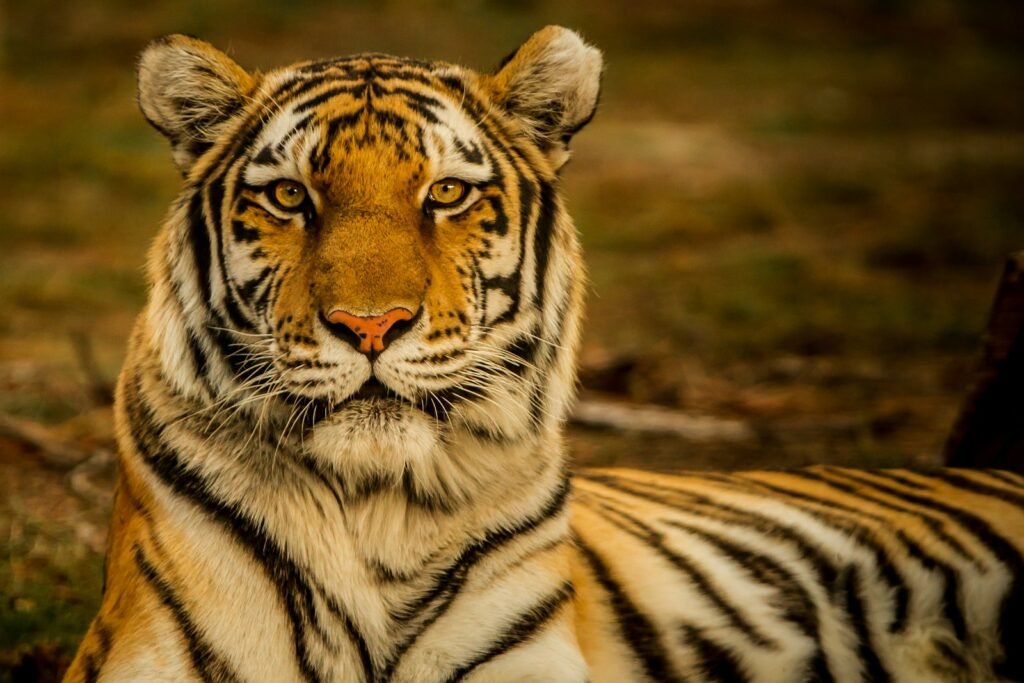
The diet of both wild and domestic cats can significantly impact their health. Wild cats, by consuming their natural prey, suffer fewer health issues related to diet. Domestic cats, when fed an imbalanced or poor-quality diet, can face obesity, diabetes, and other health problems. Conversely, a balanced, meat-rich diet can support optimal health and longevity in domestic cats.
The Implications of Diet on Behavior
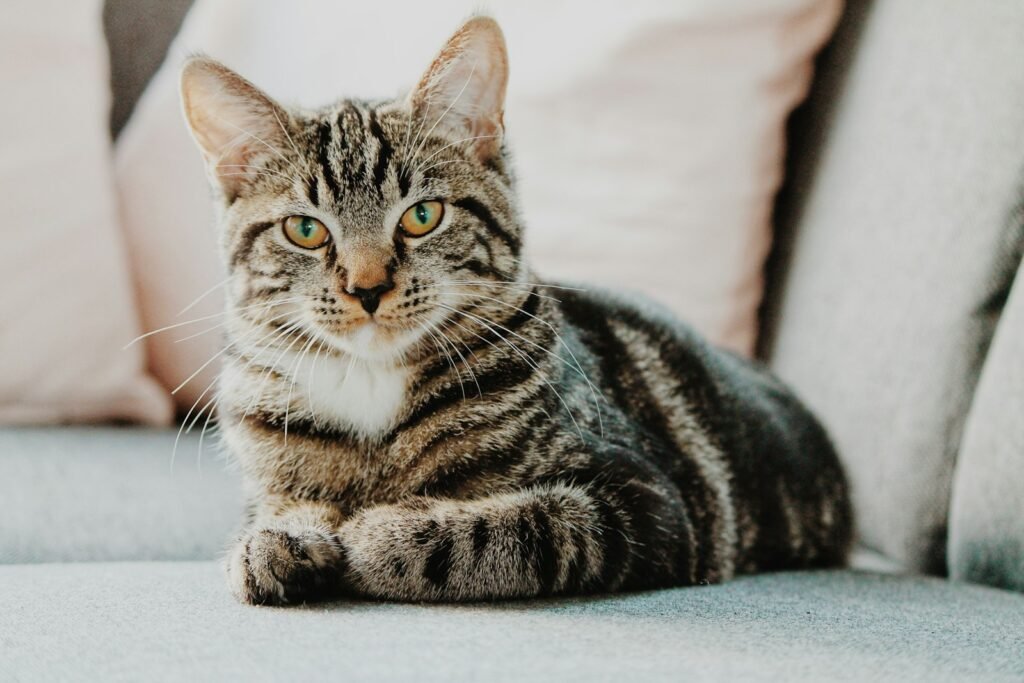
The diet of cats, whether wild or domestic, influences their behavior. In the wild, hunger drives hunting and territoriality, while domestic cats may exhibit behaviors such as play or hunting surrogates if their nutritional needs are unmet. Understanding these behaviors in relation to diet helps cat owners provide better care and enrich their pets’ lives.
Conclusion: Understanding Cats Through Their Diets
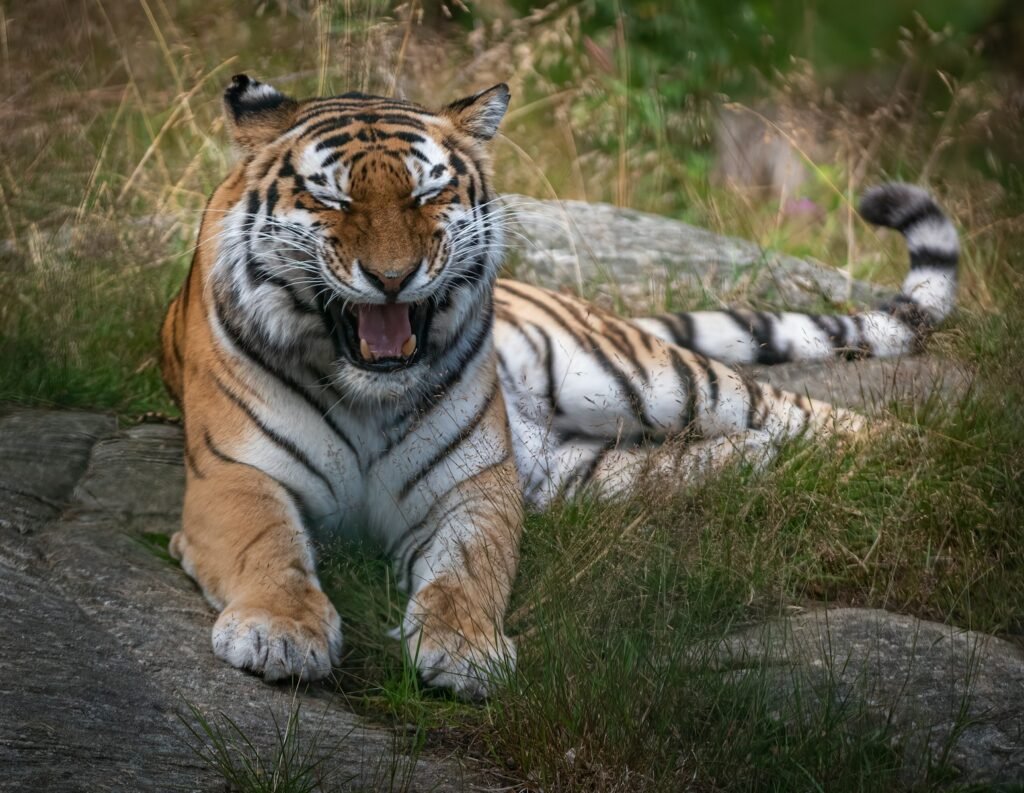
The dietary differences between wild and domestic cats highlight the evolutionary adaptations and living conditions that shape their lives. While wild cats thrive on fresh kills requiring specialized hunting skills, domestic cats, despite centuries of adaptation, still require diet primarily consisting of meat. By understanding these differences, we can better cater to the dietary needs of domestic cats, ensuring they lead healthy, fulfilling lives.

Growing up traveling and experiencing new cultures and wonders, I have had a passion for nature, adventuring, photography, and videography. I am currently working towards a BSc in Biodiversity and Ecology at Stellenbosch University, and I hope to specialise in Marine Sciences one day.
Please send any feedback to Feedback@animalsaroundtheglobe.com






